📅 Day 1: Arrive at Yuksom (1,780 m / 5,840 ft)
• Yuksom is the first capital of Sikkim (1642) and a deeply spiritual village.
• Stay in homestay/guesthouse; soak in the peaceful vibe before the trek begins.
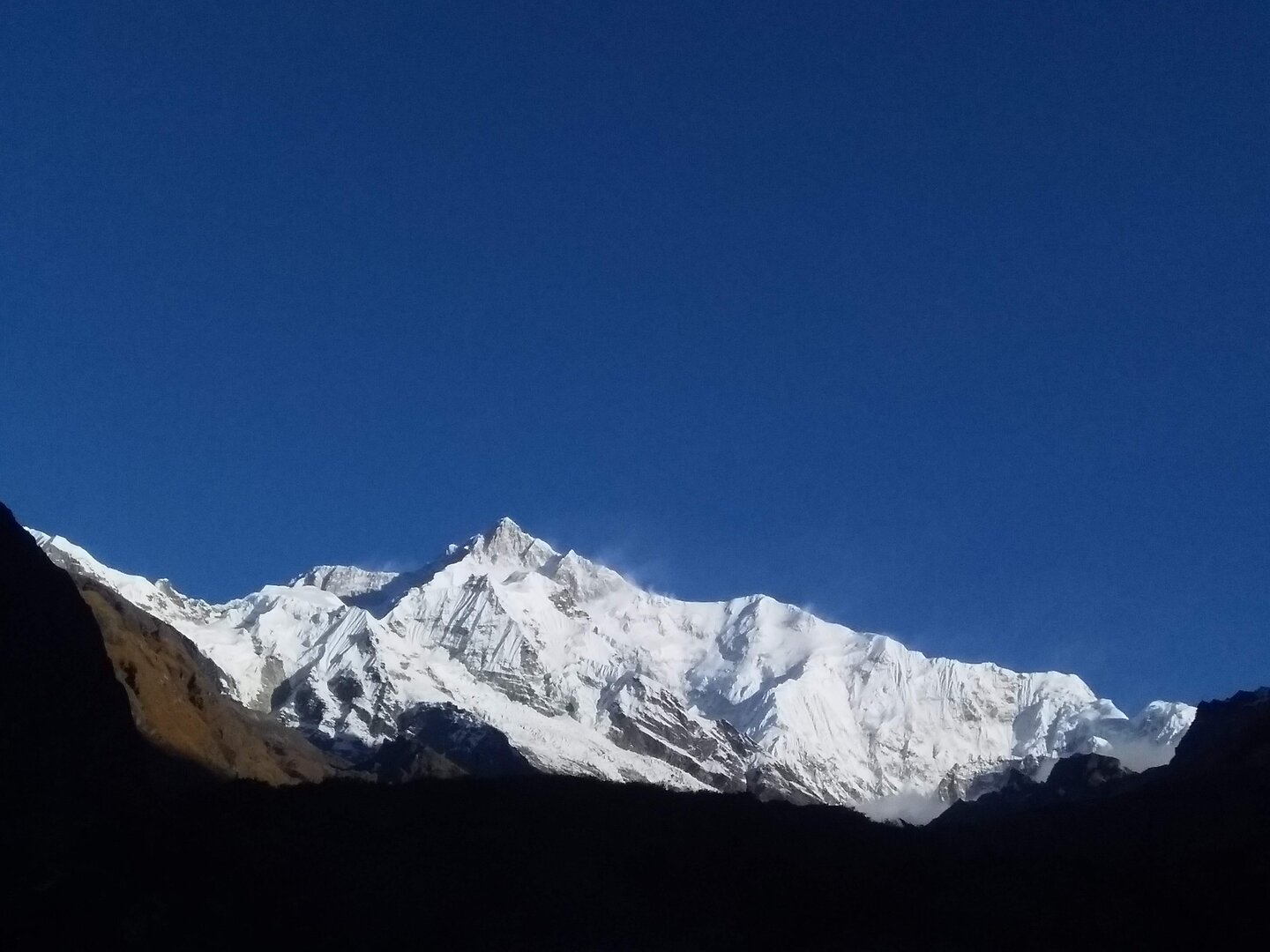
A Himalayan Symphony Of Nature & Majesty
* Yuksom to Yuksom
Terms & Conditions | Inclusions & Exclusions
✅ Located in the heart of Khangchendzonga National Park, a UNESCO World Heritage Site
✅ Grand views of Mount Kanchendzonga (8,586m), the world’s 3rd highest peak
✅ Experience lush rhododendron forests, hanging bridges, and sparkling waterfalls
✅ Camp at picturesque alpine meadows like Dzongri and Thansing
✅ Rich bird and wildlife diversity, including the snow leopard and red panda
📅 Day 1: Arrive at Yuksom (1,780 m / 5,840 ft)
📅 Day 2: Yuksom to Sachen (2,180 m / 7,150 ft)
📅 Day 3: Sachen to Tshoka (2,960 m / 9,700 ft) via Bakhim
📅 Day 4: Tshoka to Dzongri (3,960 m / 13,000 ft) via Phedang
📅 Day 5: Sunrise at Dzongri Top (4,170 m / 13,675 ft) & trek to Thansing (3,930 m / 12,900 ft)
📅 Day 6: Thansing to Lamuney (4,180 m / 13,700 ft)
📅 Day 7: Lamuney to Goecha La Viewpoint 1 (4,940 m / 16,200 ft) and back to Thansing/Kokchurang
📅 Day 8: Thansing/Kokchurang to Tshoka
📅 Day 9: Tshoka to Yuksom
📅 Day 10: Departure
✈️ Air:
• Bagdogra Airport (West Bengal) is the most practical air gateway (~150 km from Yuksom; ~6–7 hr by road).
• Pakyong Airport (Sikkim) is closer (~130 km away, ~5–6 hr) but has limited flights and is weather-dependent.
From both airports book a private cab to yuksom which may cost between ₹4000 - ₹8000
🚆 Train: New Jalpaiguri (NJP) or Siliguri, the nearest railhead (~145–153 km from Yuksom; 6–7 hr by road)
🛣️ Road:
• Route: Siliguri → Sevoke → Melli → Jorethang → Legship → Yuksom
• Shared jeeps from Siliguri's Tenzing Norgay Bus Terminus(near NJP railway station to Jorethang
• From Jorethang to Yuksom
🗺️ Travel Tip: Start early from Siliguri if opting for a shared vehicle as last jeep for Yuksom from Jorethang departs by 1PM - 2PM.
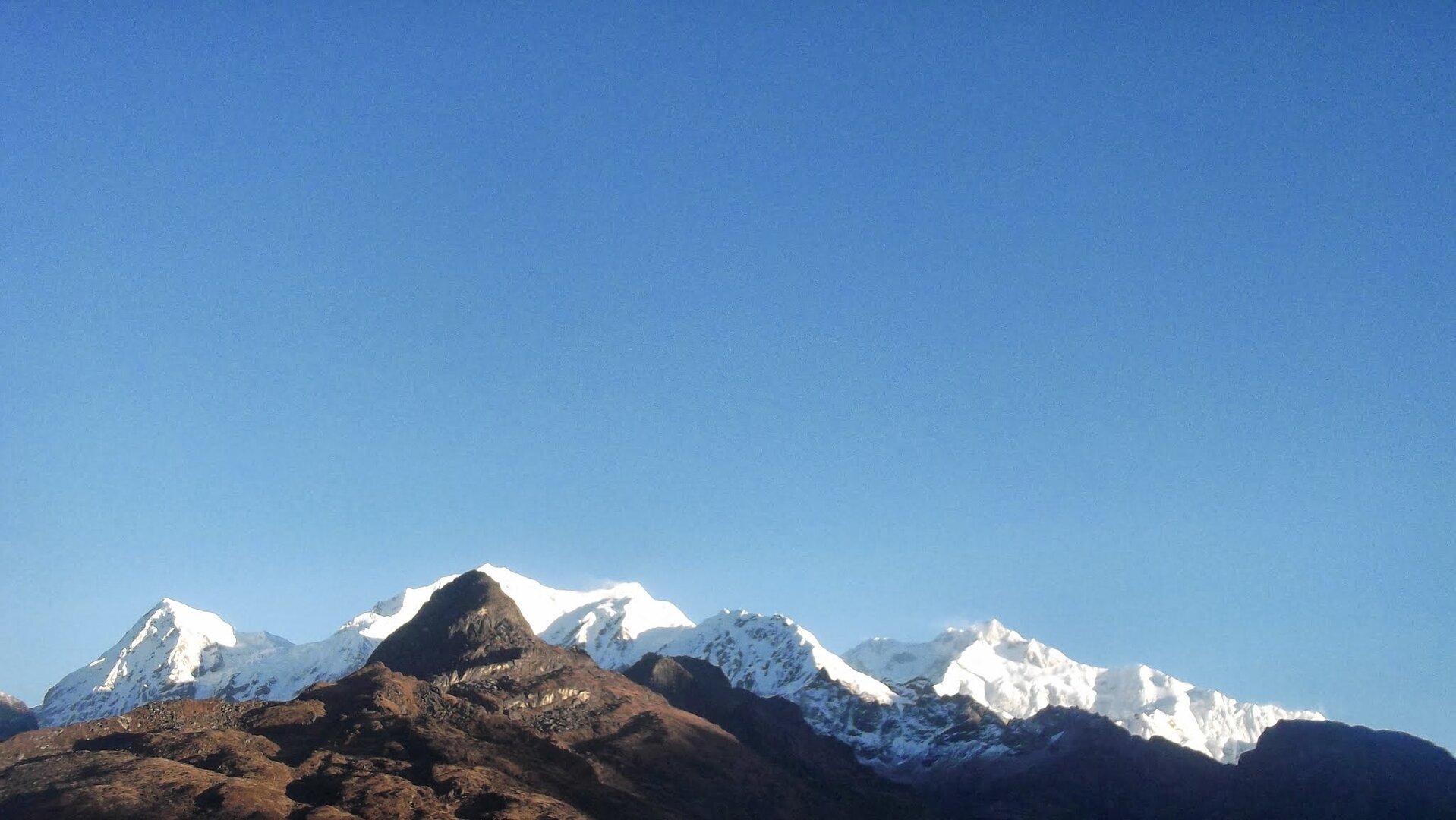
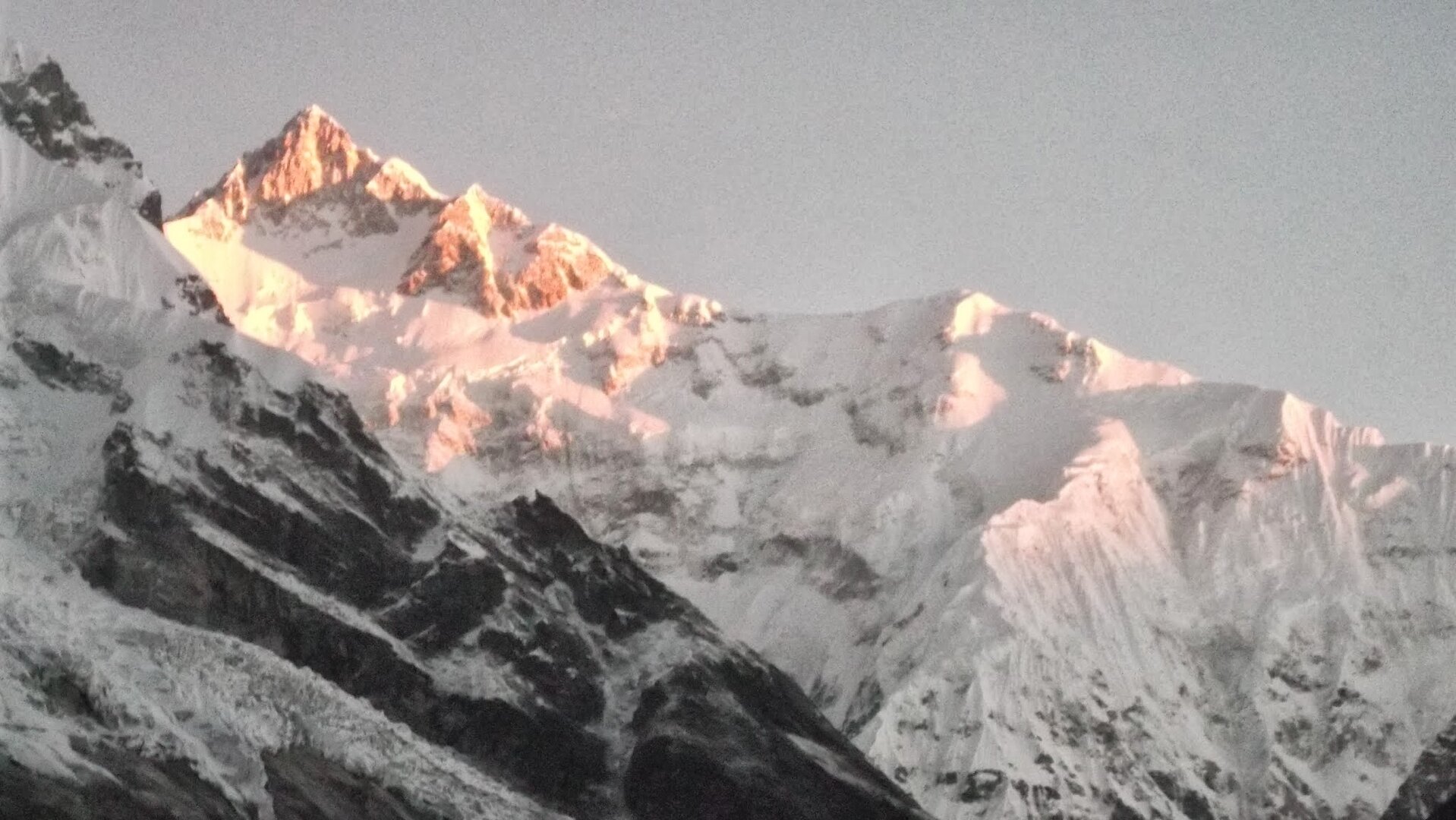
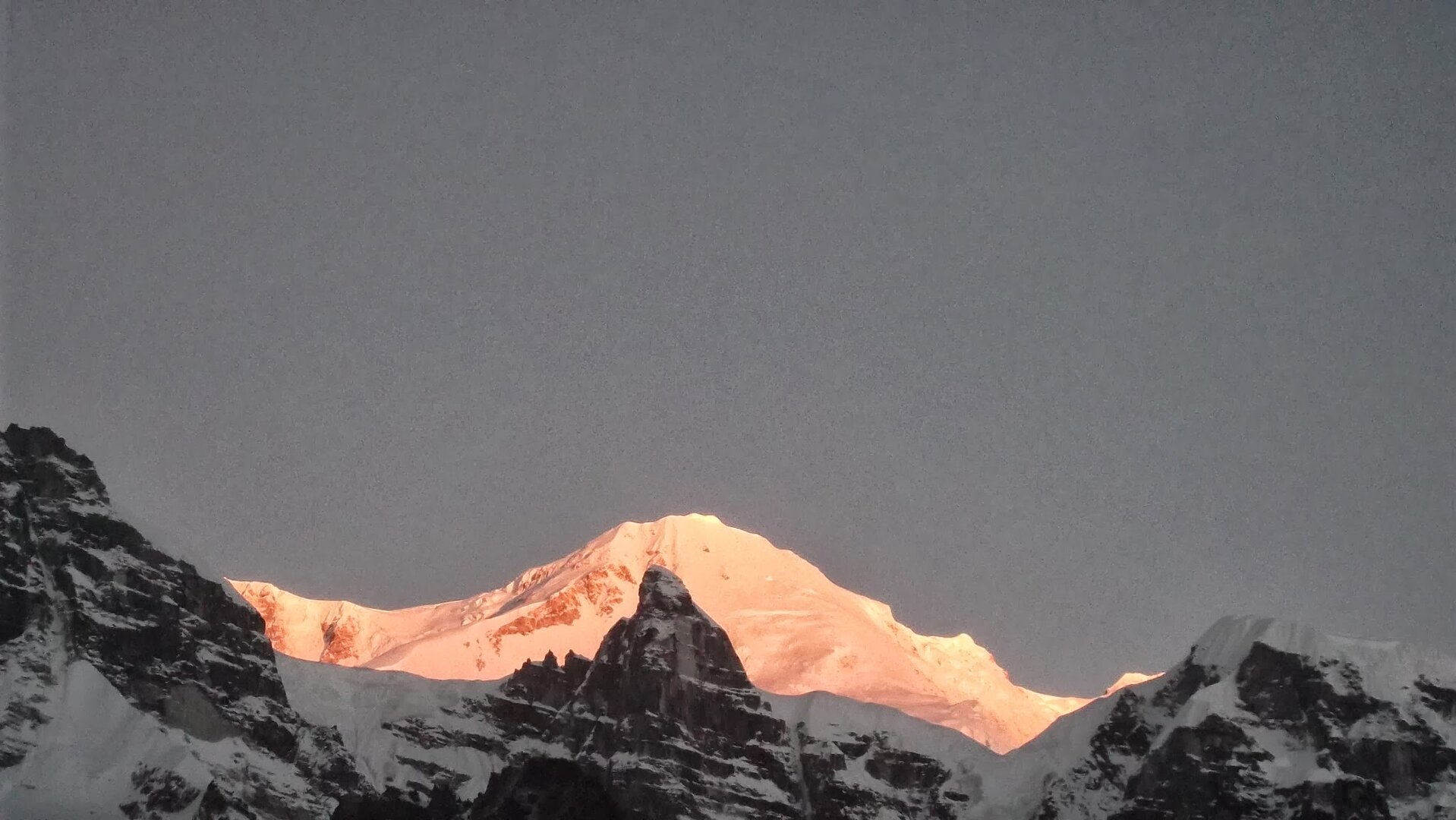
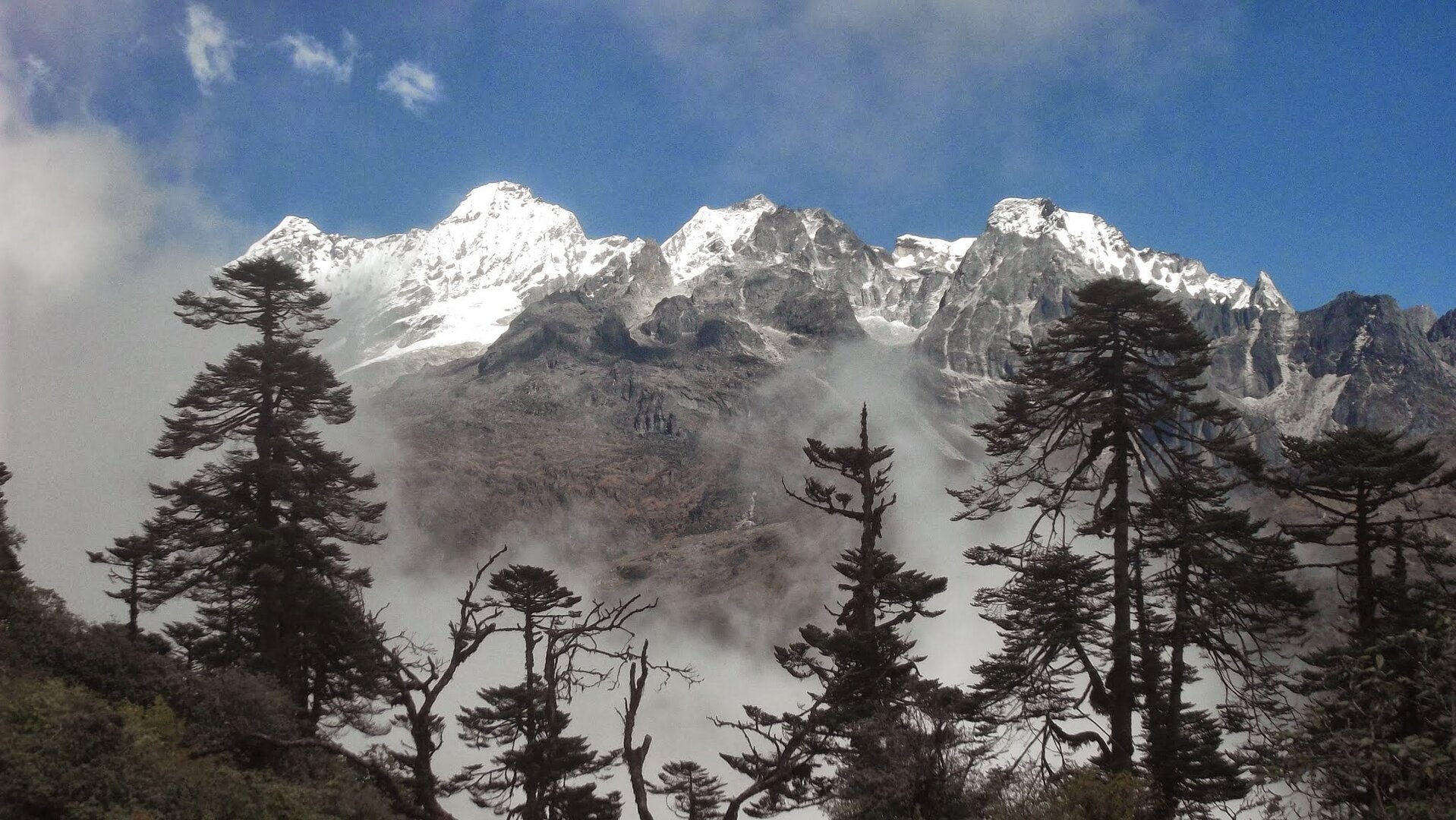
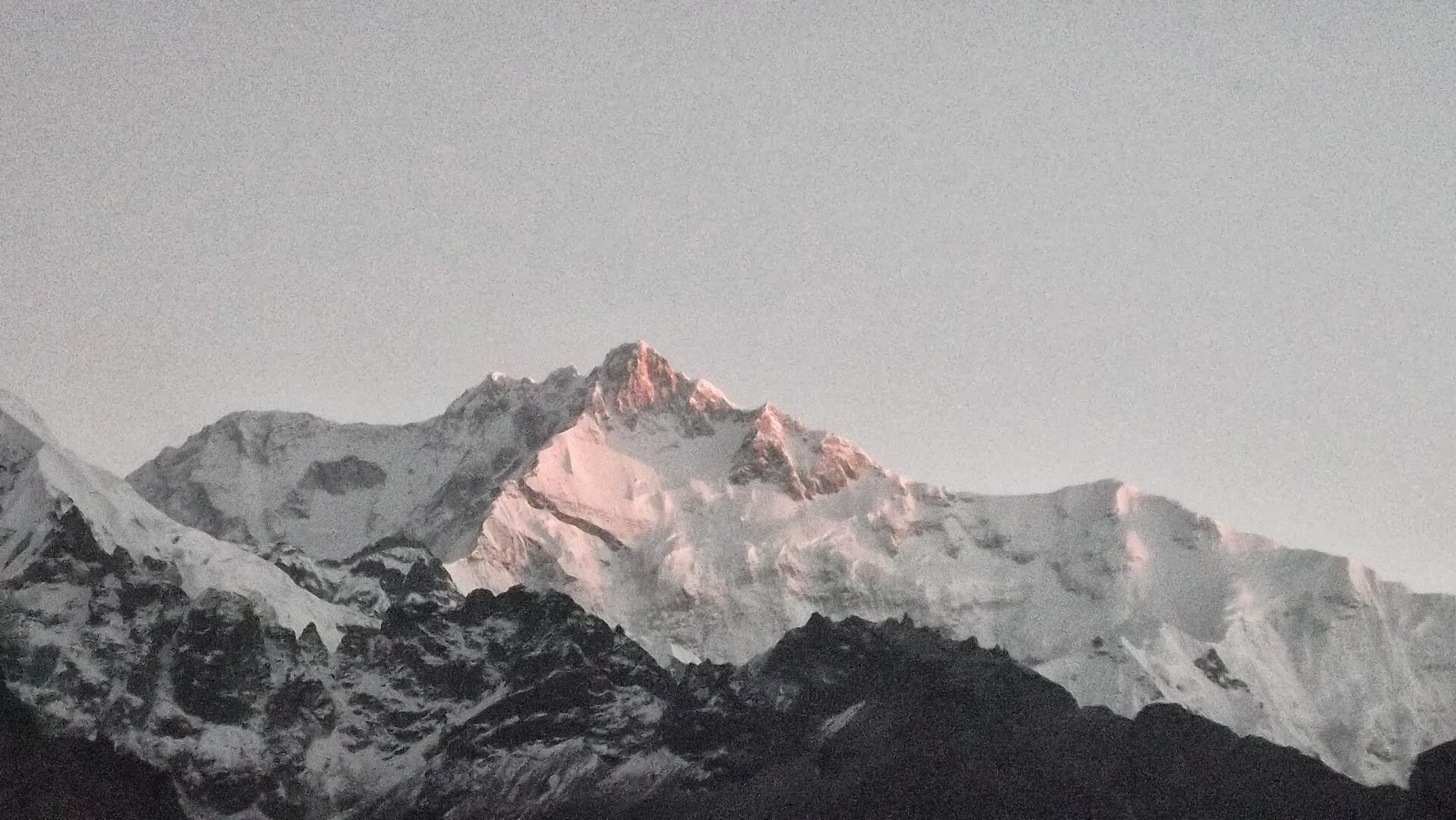
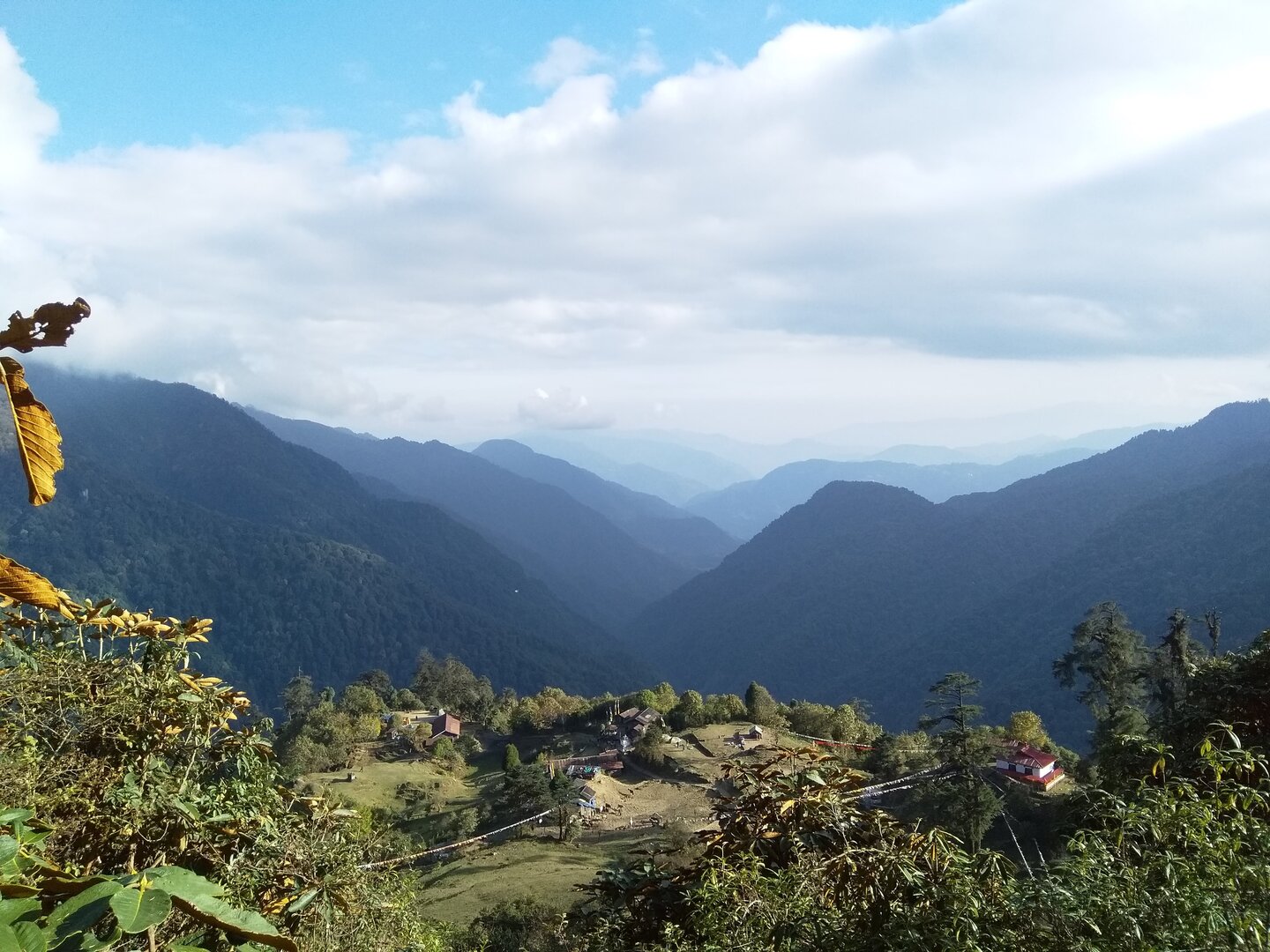
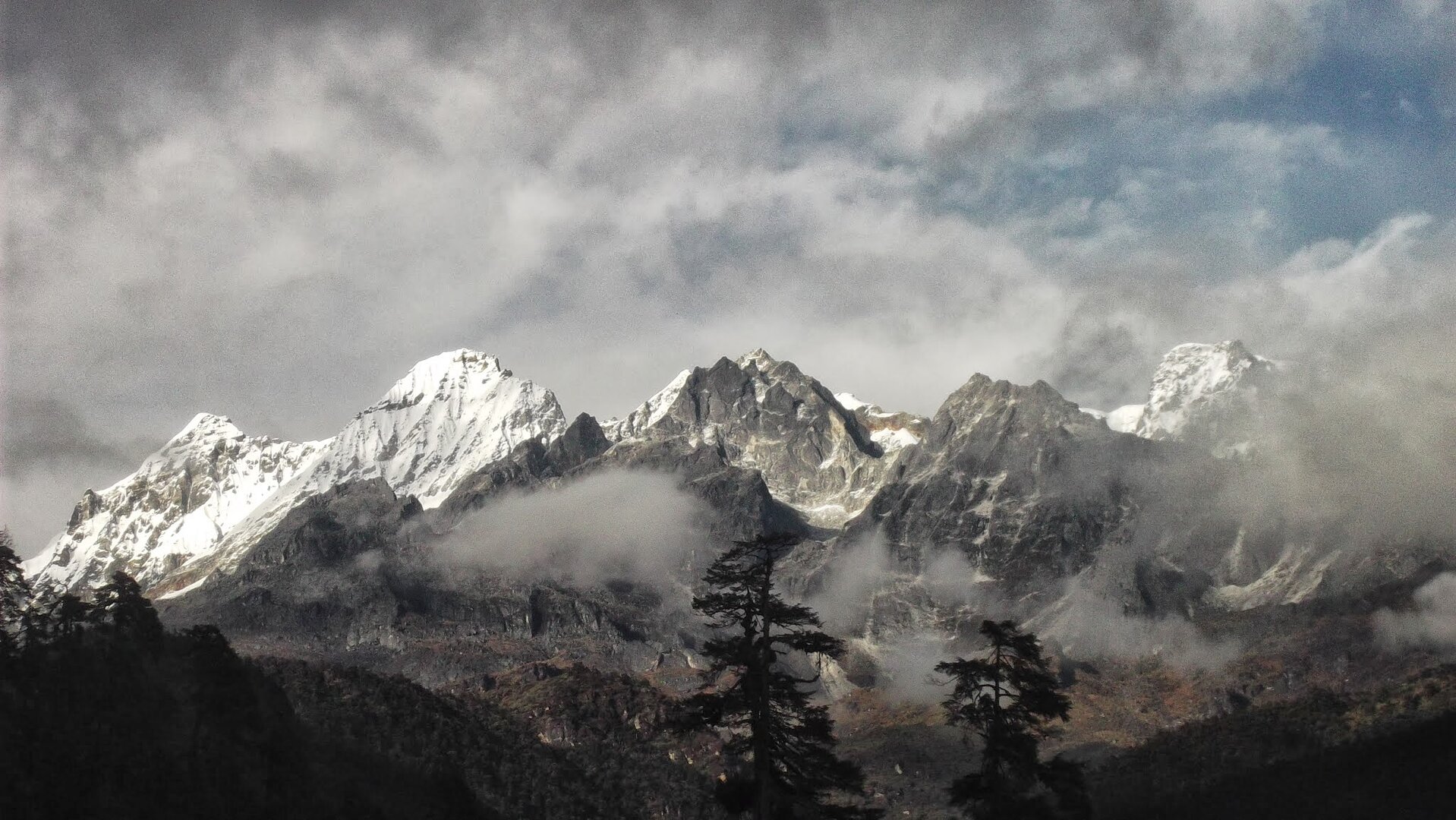
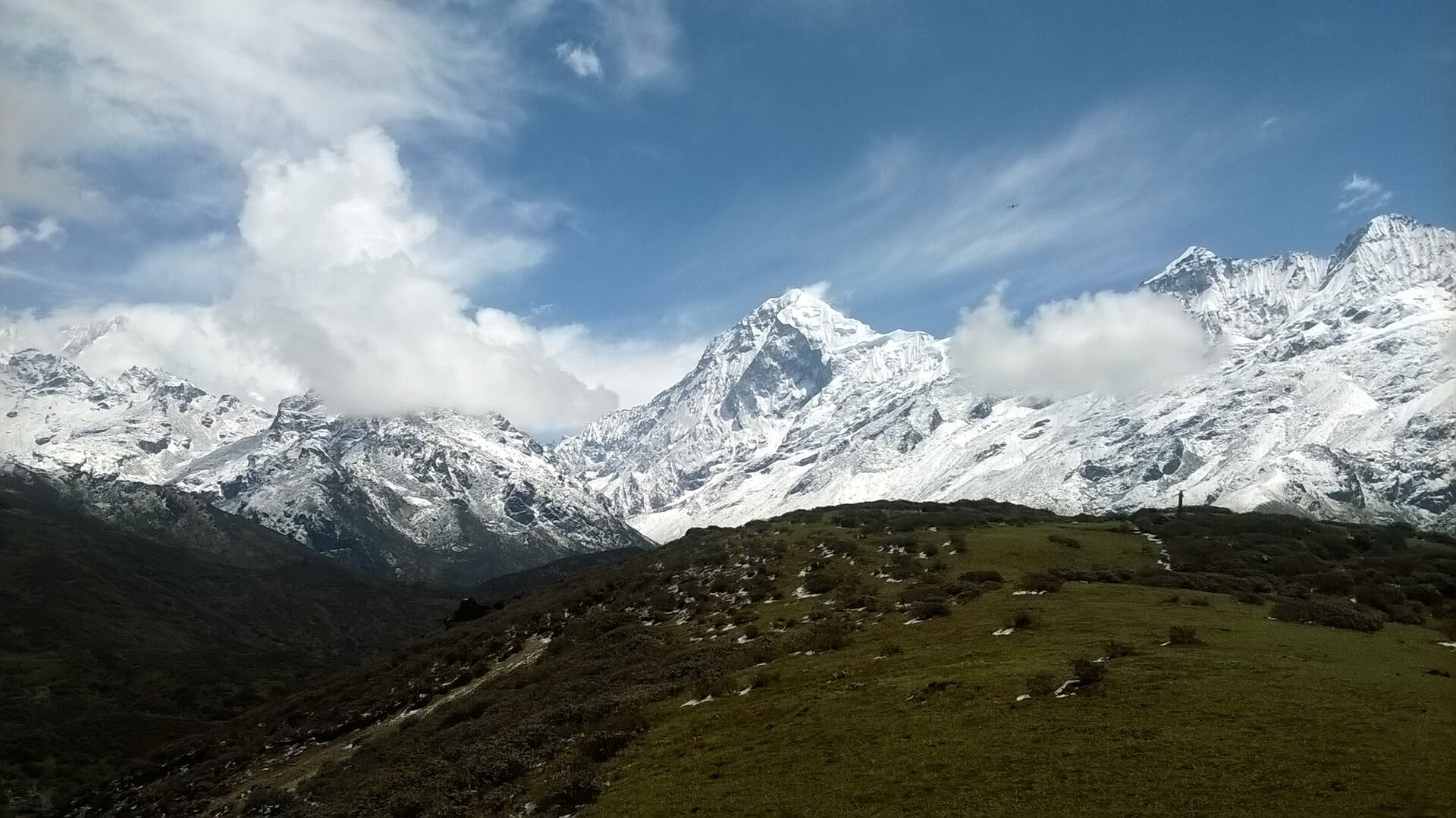

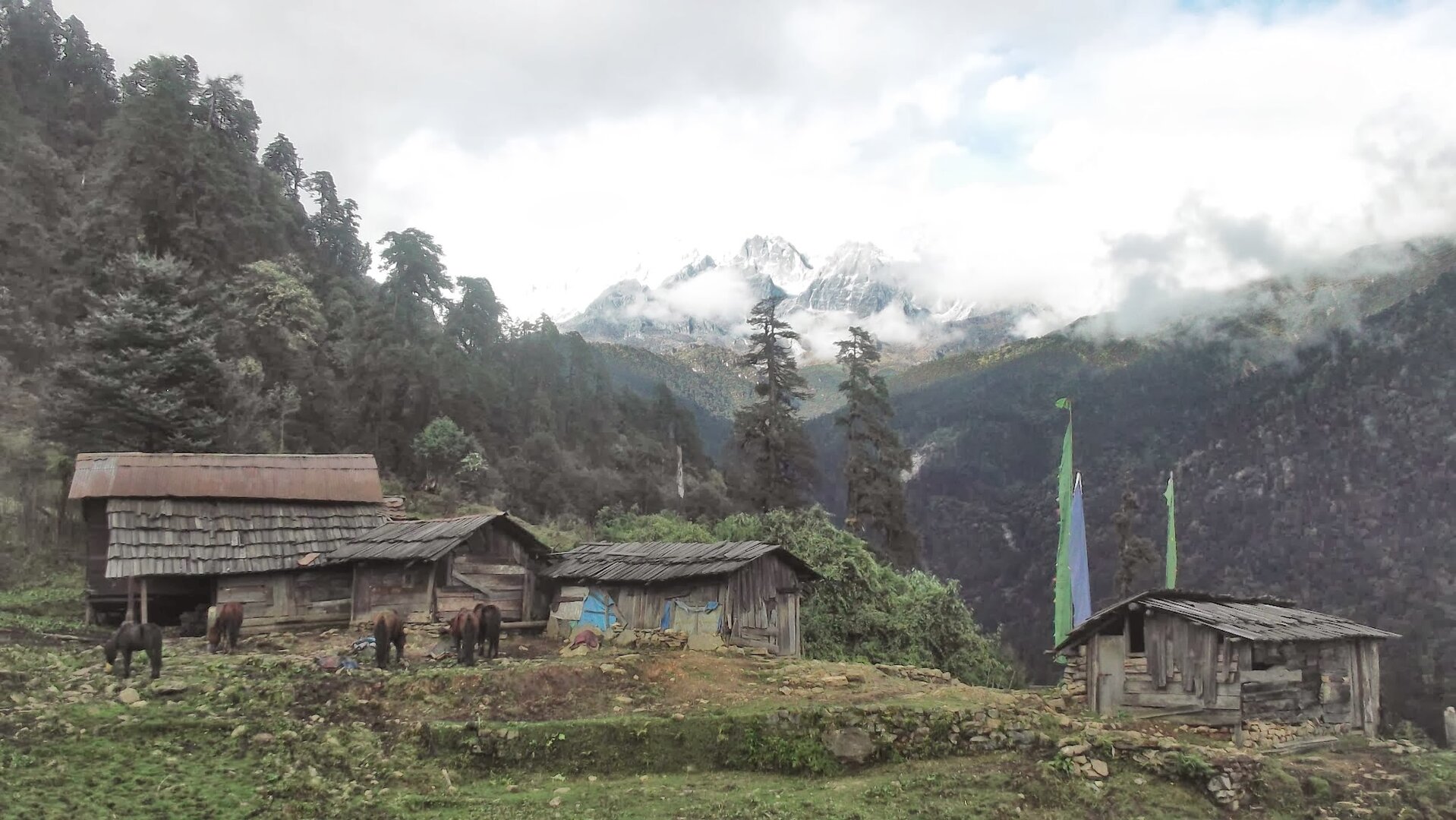
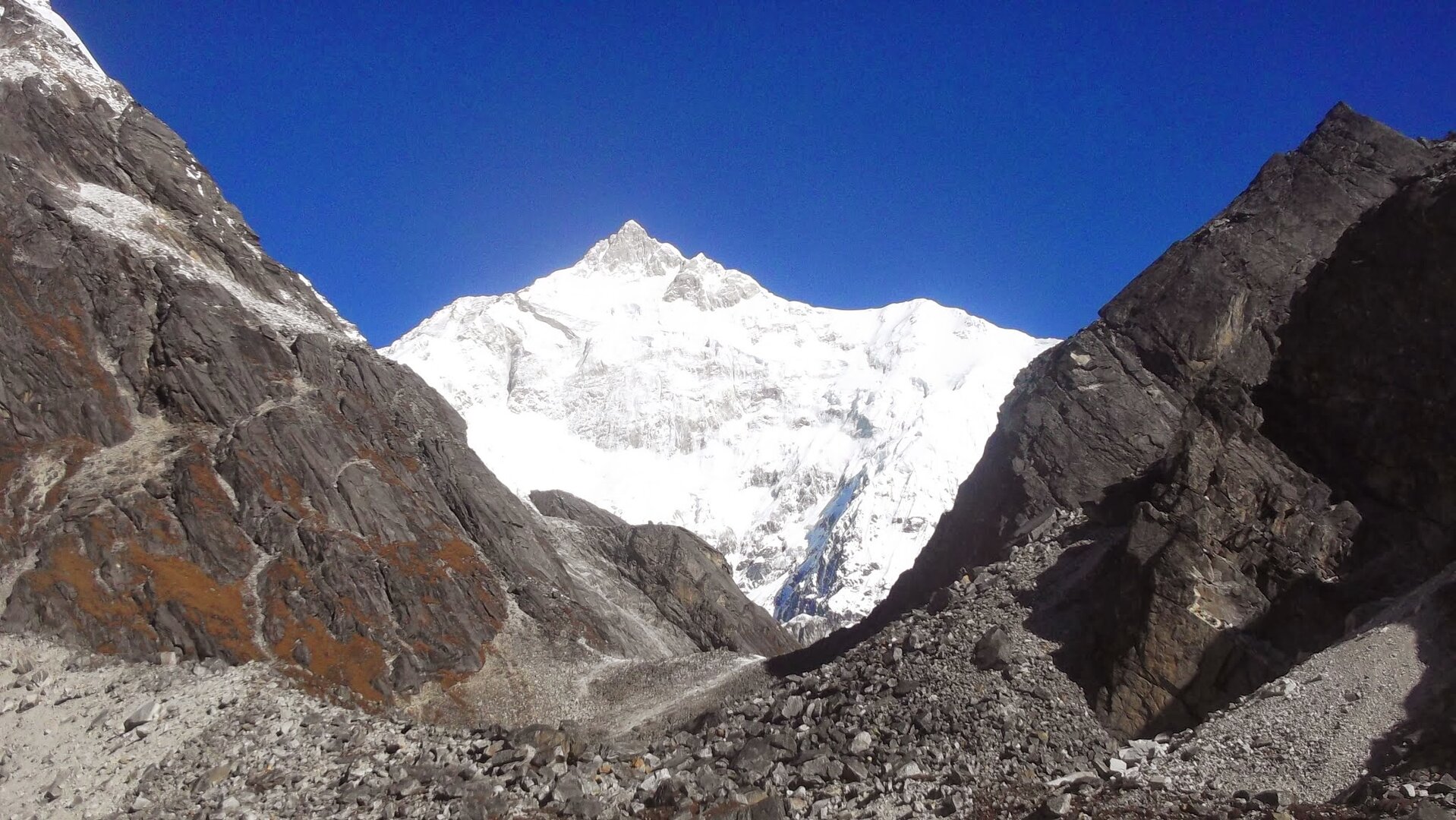
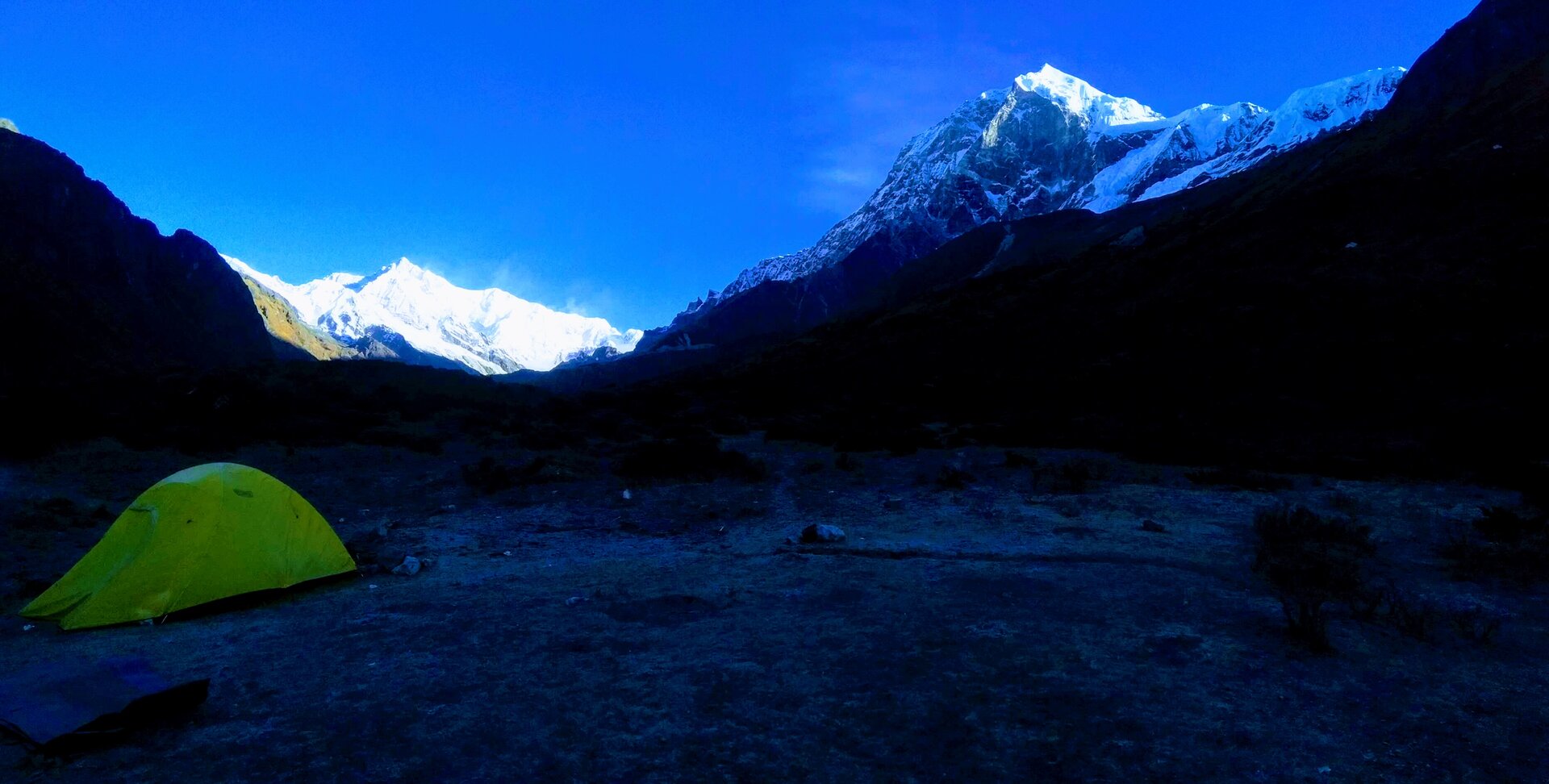
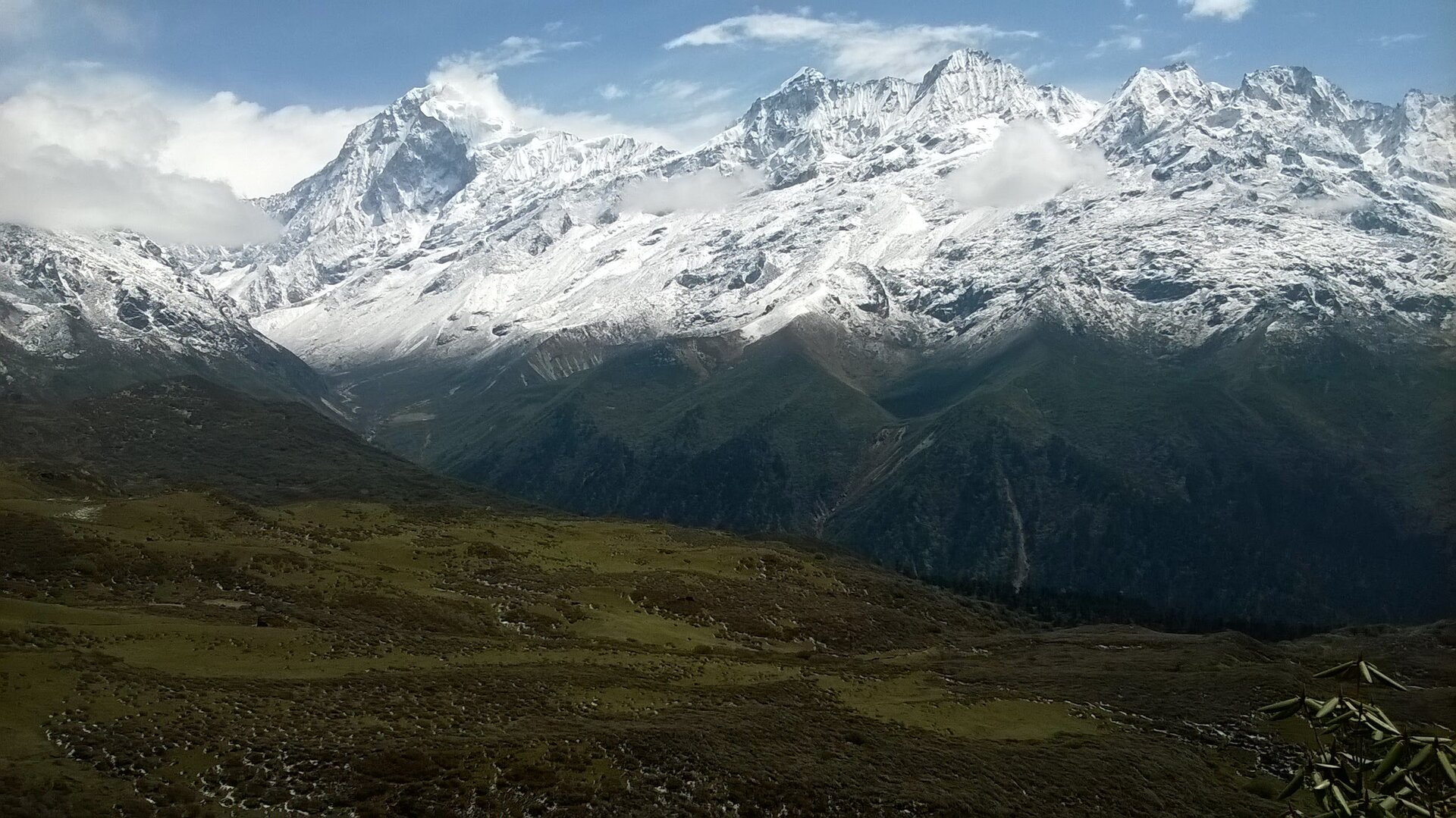
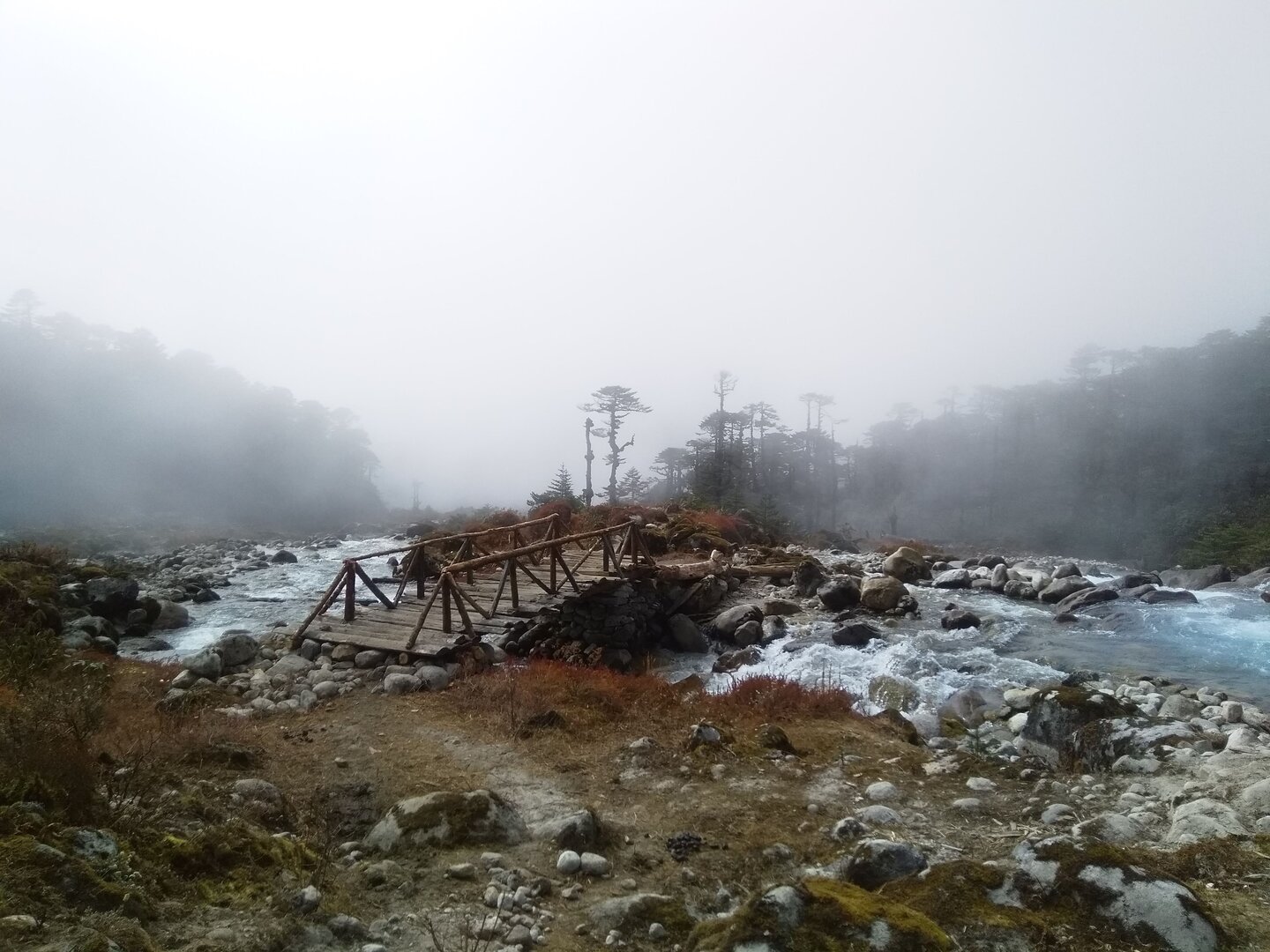
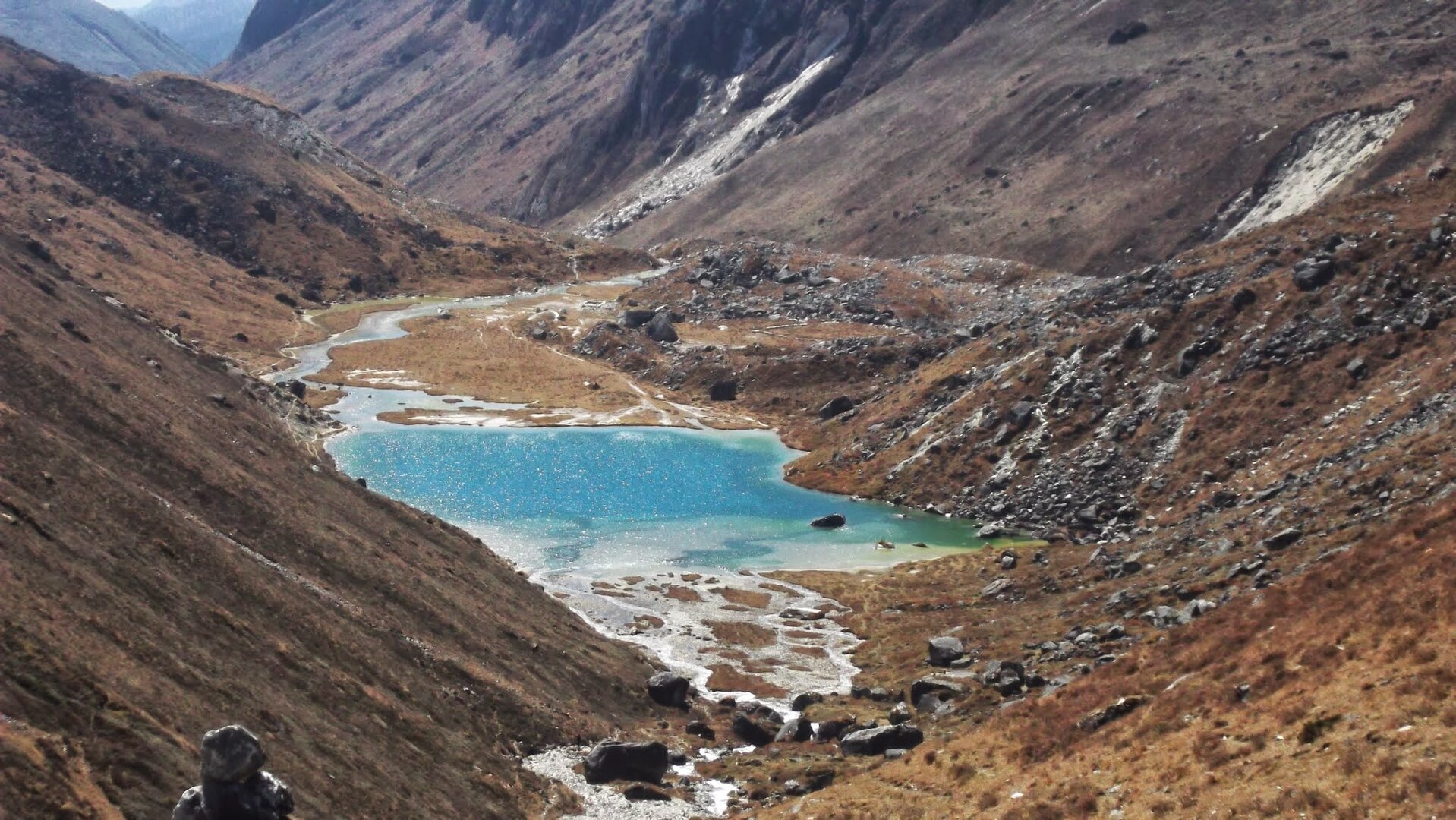
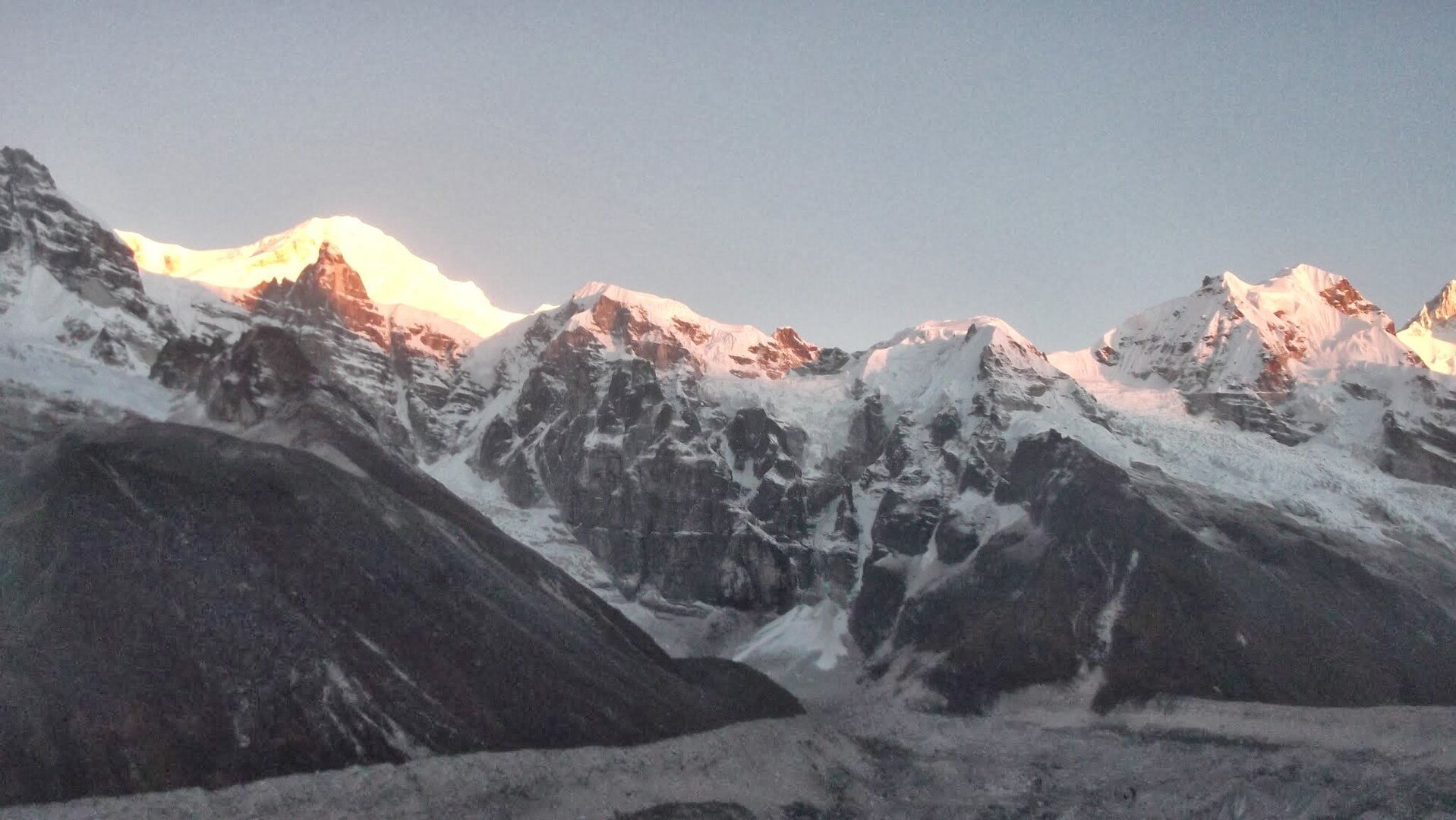
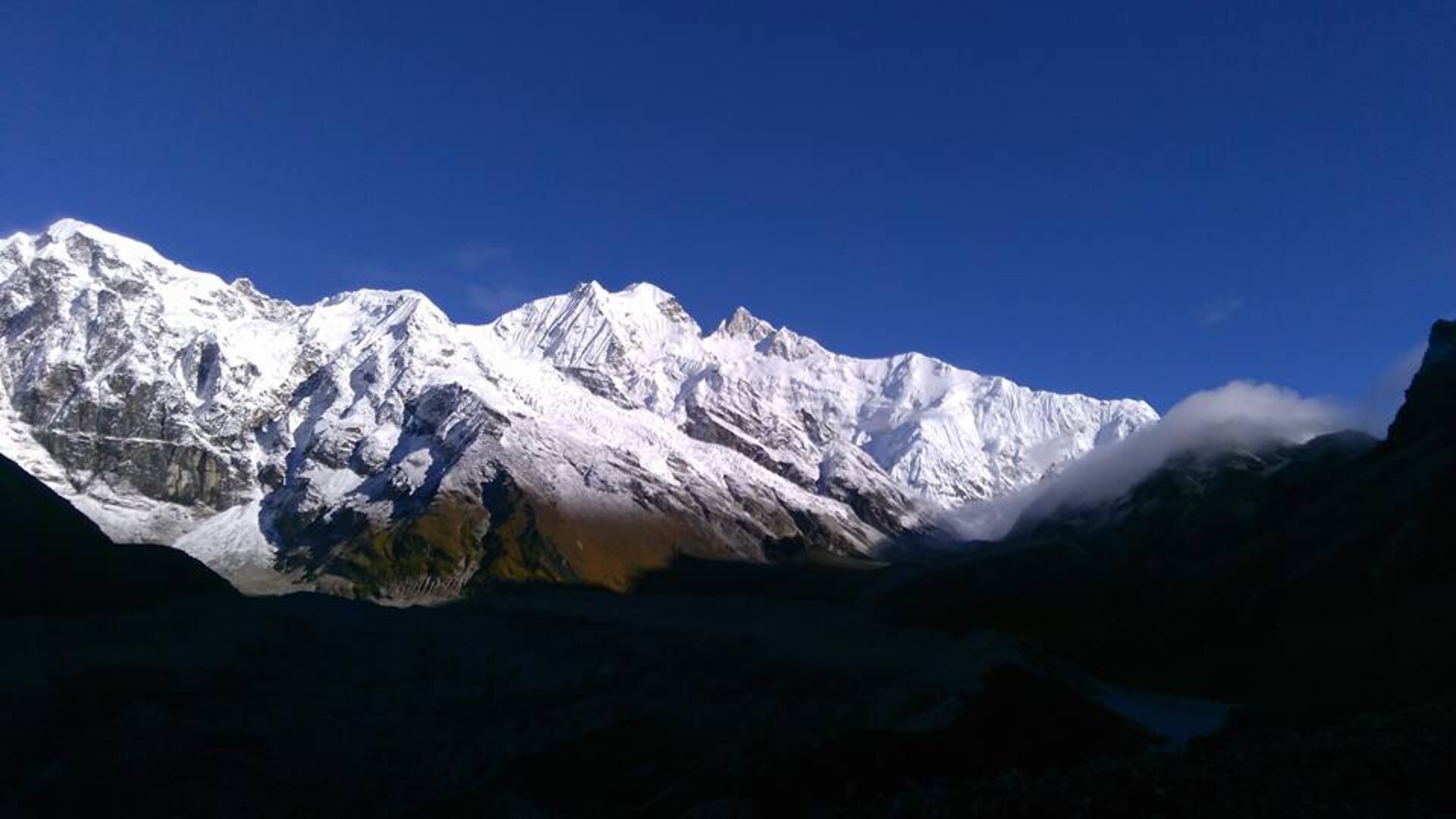

For a comprehensive packing list, download the PDF below: Download Packing List